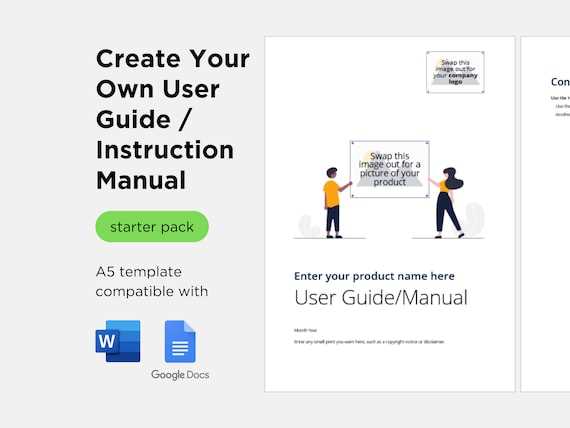
Creating clear and effective documents that convey detailed processes is a crucial aspect of many professional environments. Whether you are organizing a guide for technical equipment or compiling step-by-step instructions, the layout and structure of your document play a pivotal role in ensuring the information is accessible and user-friendly. The right format can make the difference between confusion and clarity.
In the modern landscape of document creation, there are various tools at your disposal that allow you to design structured and visually appealing guides. With just a few adjustments, you can produce a document that not only serves its purpose but also enhances the reader’s understanding and engagement. By focusing on organization, consistency, and visual elements, you can create documents that stand out in their effectiveness.
Understanding the importance of a well-organized guide is the first step towards producing professional and reliable documentation. In the following sections, we will explore how to efficiently organize content, choose appropriate layouts, and implement key elements that elevate the quality of your documents.
Creating Effective Instruction Manual Templates
Designing a clear and user-friendly guide is essential for ensuring that users can easily follow the provided directions. A well-structured layout should focus on simplicity, readability, and logical flow, guiding the reader step by step through the process or task at hand. The content must be organized in a way that minimizes confusion, making it accessible even to those with minimal prior knowledge.
Start by determining the key sections that will make up your guide. These might include an overview of the topic, detailed instructions divided into manageable steps, and any necessary warnings or tips. Each section should be clearly labeled, with headings that allow users to quickly locate the information they need. Consider using bullet points, numbered lists, and other visual aids to break down complex tasks into digestible pieces.
It’s also important to use language that is both precise and straightforward. Avoid technical jargon unless absolutely necessary, and define any terms that may not be familiar to all readers. The goal is to communicate effectively, ensuring that users can easily understand and apply the guidance provided.
Lastly, remember that the design should be consistent throughout the document. This includes the use of fonts, spacing, and formatting. Consistency helps create a professional appearance and enhances the overall usability of the guide. Regularly reviewing and updating your guide will also help maintain its relevance and effectiveness over time.
Essential Elements of a Word-Based Guide
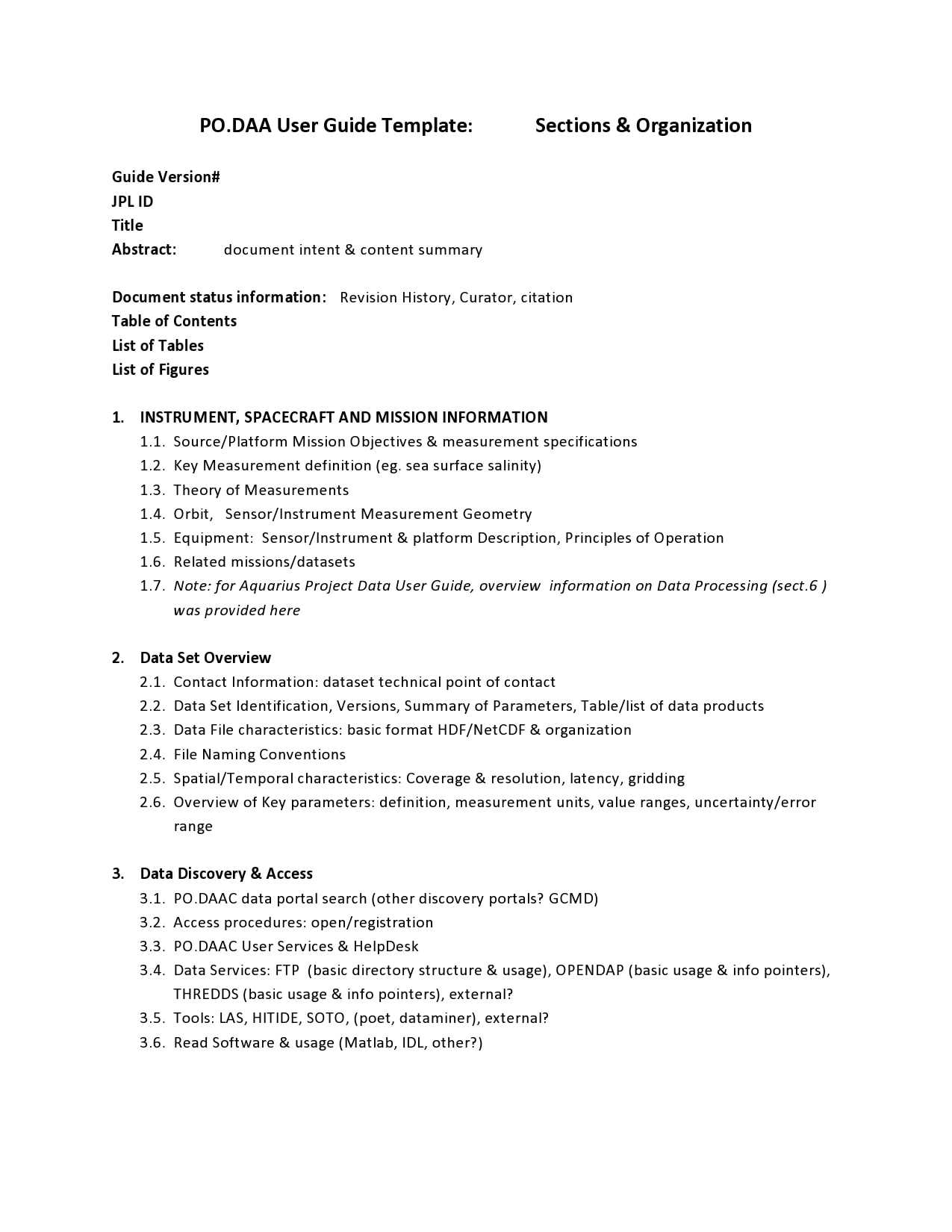
Creating a well-structured and comprehensive guide involves integrating several key components that ensure clarity, consistency, and usability. Each section of the document should contribute to the overall goal of guiding the reader through the content effectively.
- Title and Introduction: A clear, concise heading followed by an introductory paragraph that outlines the purpose and scope of the document.
- Table of Contents: An organized list of sections and subsections, allowing quick navigation through the content.
- Step-by-Step Instructions: Detailed, easy-to-follow directions that lead the reader through specific tasks, often accompanied by numbered lists or bullet points.
- Visual Aids: Diagrams, charts, and screenshots that enhance understanding and support the textual content.
- Notes and Warnings: Special sections that highlight important information or cautionary advice, ensuring the user avoids common mistakes.
- Glossary: A list of terms and definitions that clarifies technical language and jargon used within the document.
- References and Resources: Links or citations to additional materials that provide further reading or necessary background information.
- Contact Information: A section providing details on how to reach support or ask questions regarding the content.
Including these fundamental components ensures that the guide is not only informative but also user-friendly and accessible to a broad audience.
How to Customize Templates for Specific Needs
Adapting a pre-designed layout to suit particular requirements allows for a more personalized and effective presentation. By modifying key elements, you can ensure that the final product aligns with your objectives and meets the unique demands of your project.
Identify Core Elements
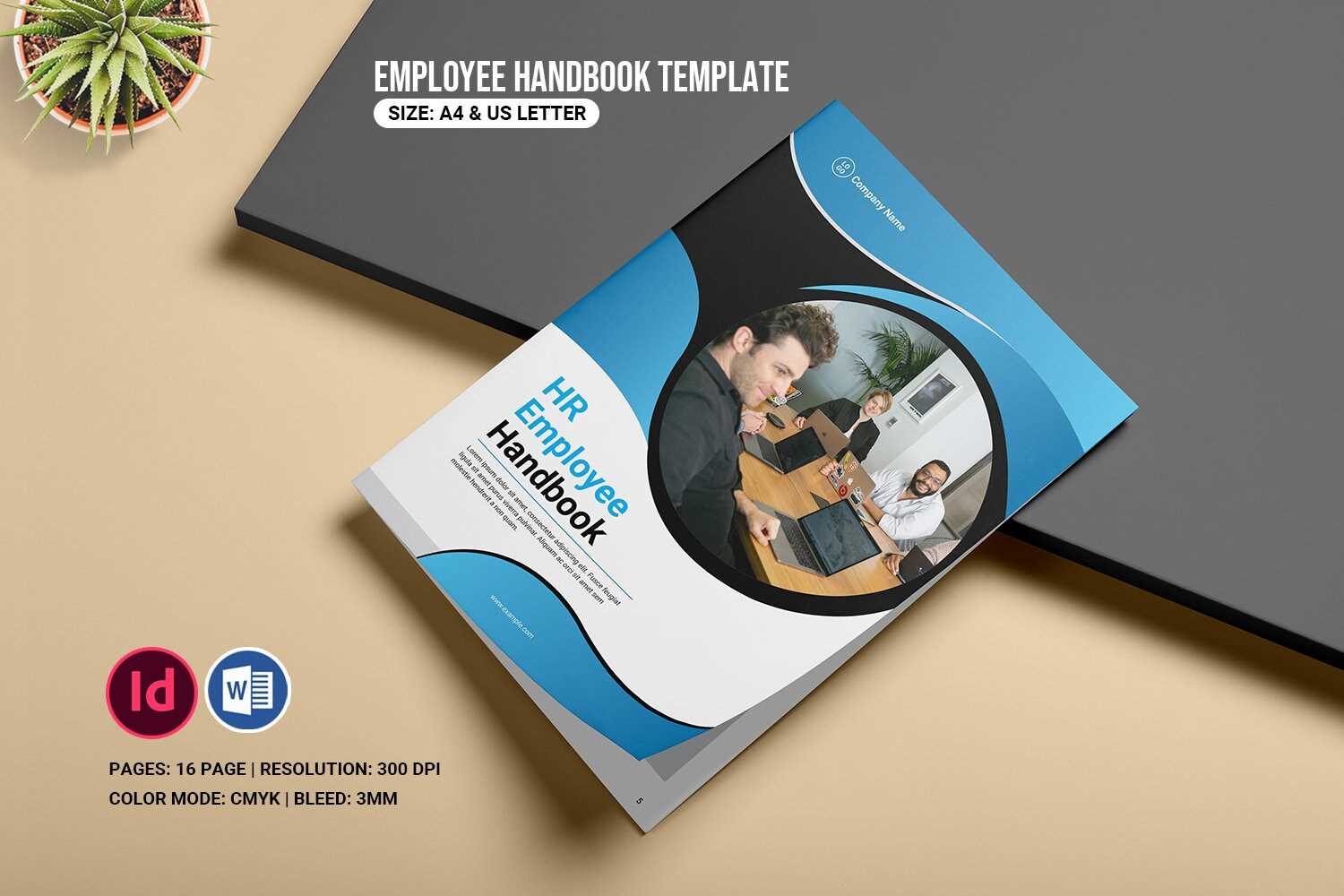
Begin by pinpointing the primary components that need adjustment. This includes sections, headers, and any other structural parts that are crucial for conveying your content.
- Evaluate the relevance of existing sections and determine if new ones are needed.
- Adjust headers and subheadings to reflect the specific focus of your content.
- Ensure that the hierarchy of information supports a clear and logical flow.
Modify Visual Components
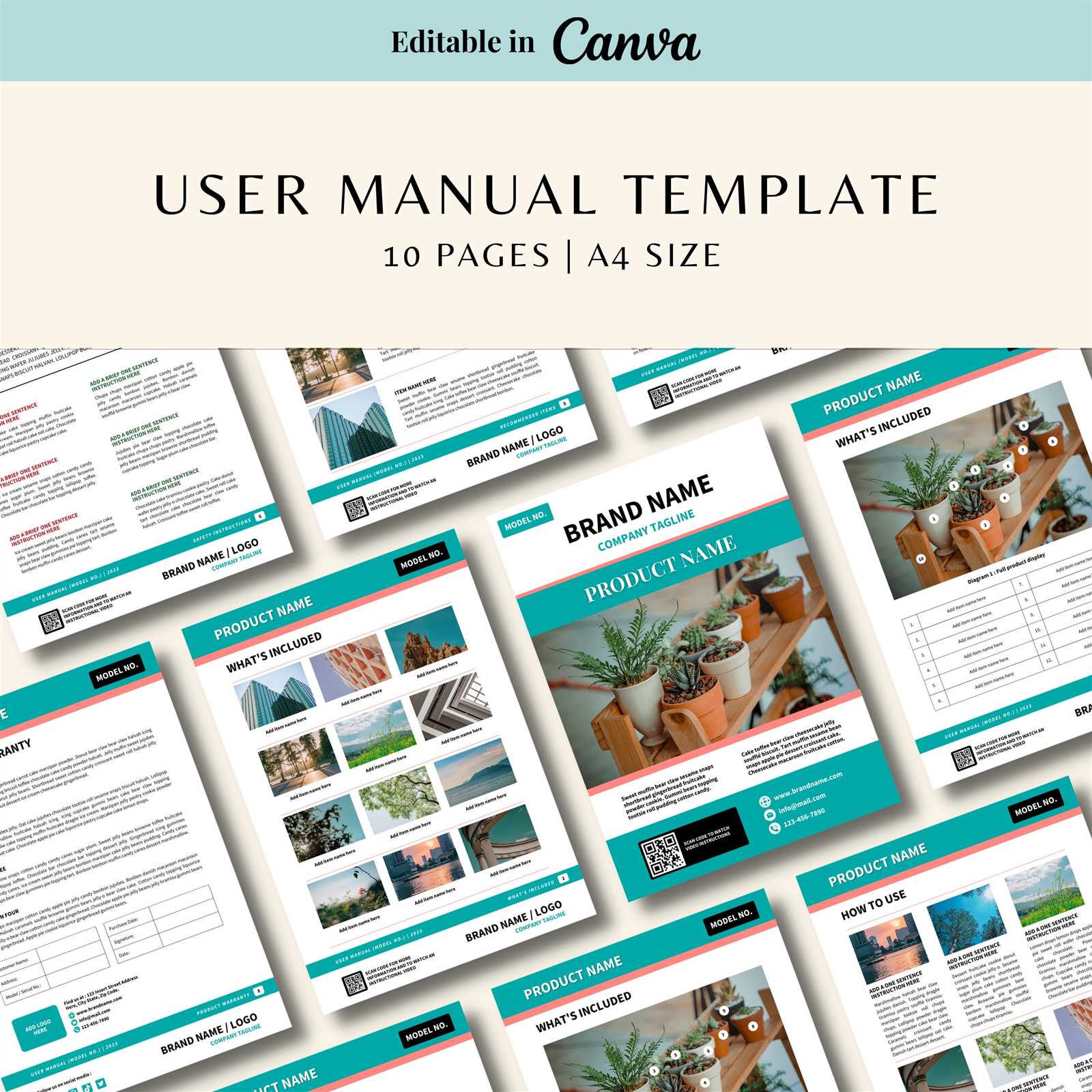
Visual aspects play a significant role in how the content is perceived. Tailor these elements to enhance readability and engagement.
- Adjust fonts and text sizes to ensure clarity and consistency.
- Choose a color scheme that aligns with the tone and purpose of your content.
- Incorporate relevant imagery or icons to reinforce key points and maintain interest.
By carefully customizing these elements, you can create a cohesive and targeted document that effectively communicates your message and serves the intended audience.
Design Tips for User-Friendly Documentation
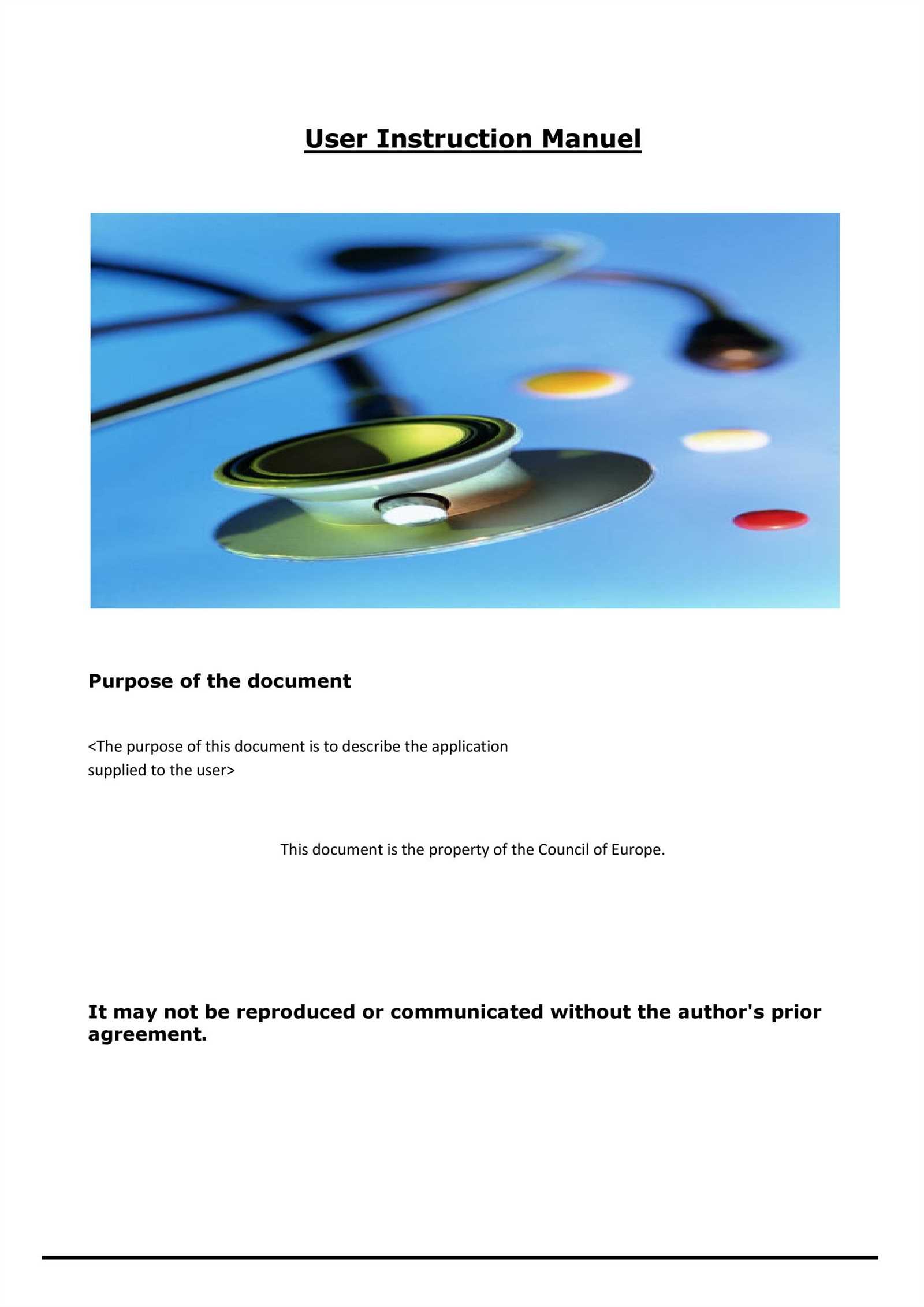
Effective documentation is essential for guiding users through complex information, ensuring that they can easily understand and apply the content. A well-organized and visually appealing layout enhances the readability and usability, making it simpler for the audience to follow instructions and find the information they need quickly.
Prioritize Clarity and Simplicity
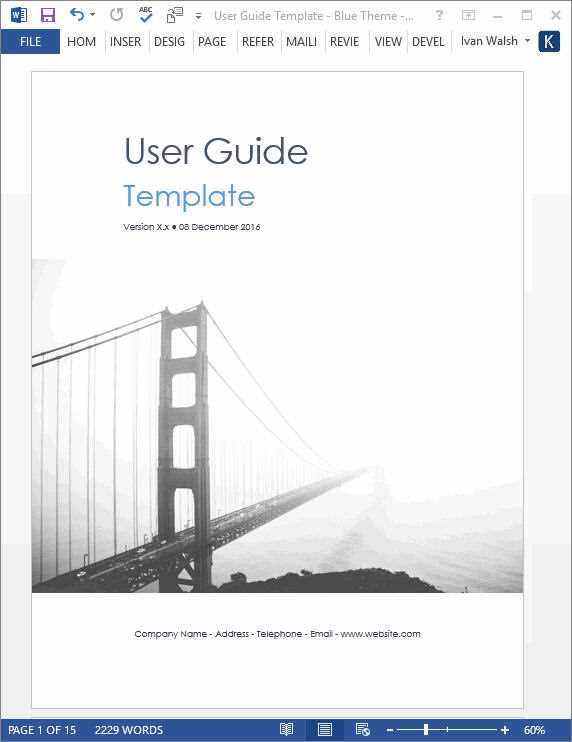
Clear communication is key. Use concise language and break down information into manageable sections. Avoid jargon and complex sentences that could confuse the reader. Structure your content logically, ensuring that each section flows naturally into the next. Bullet points and numbered lists are particularly useful for presenting step-by-step instructions or key points.
Utilize Visual Elements Wisely
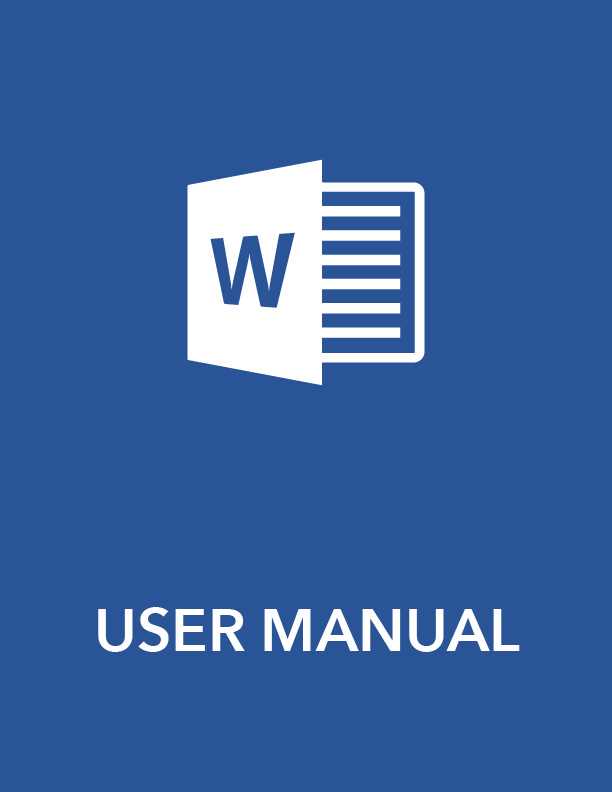
Visual aids such as diagrams, icons, and tables can significantly enhance understanding by providing a quick reference to key concepts. However, it’s important to use these elements judiciously. Overloading a document with visuals can be as detrimental as lacking them entirely. Ensure that any images or graphics included are directly relevant to the content and add value to the explanation.
Best Practices for Consistent Manual Formatting
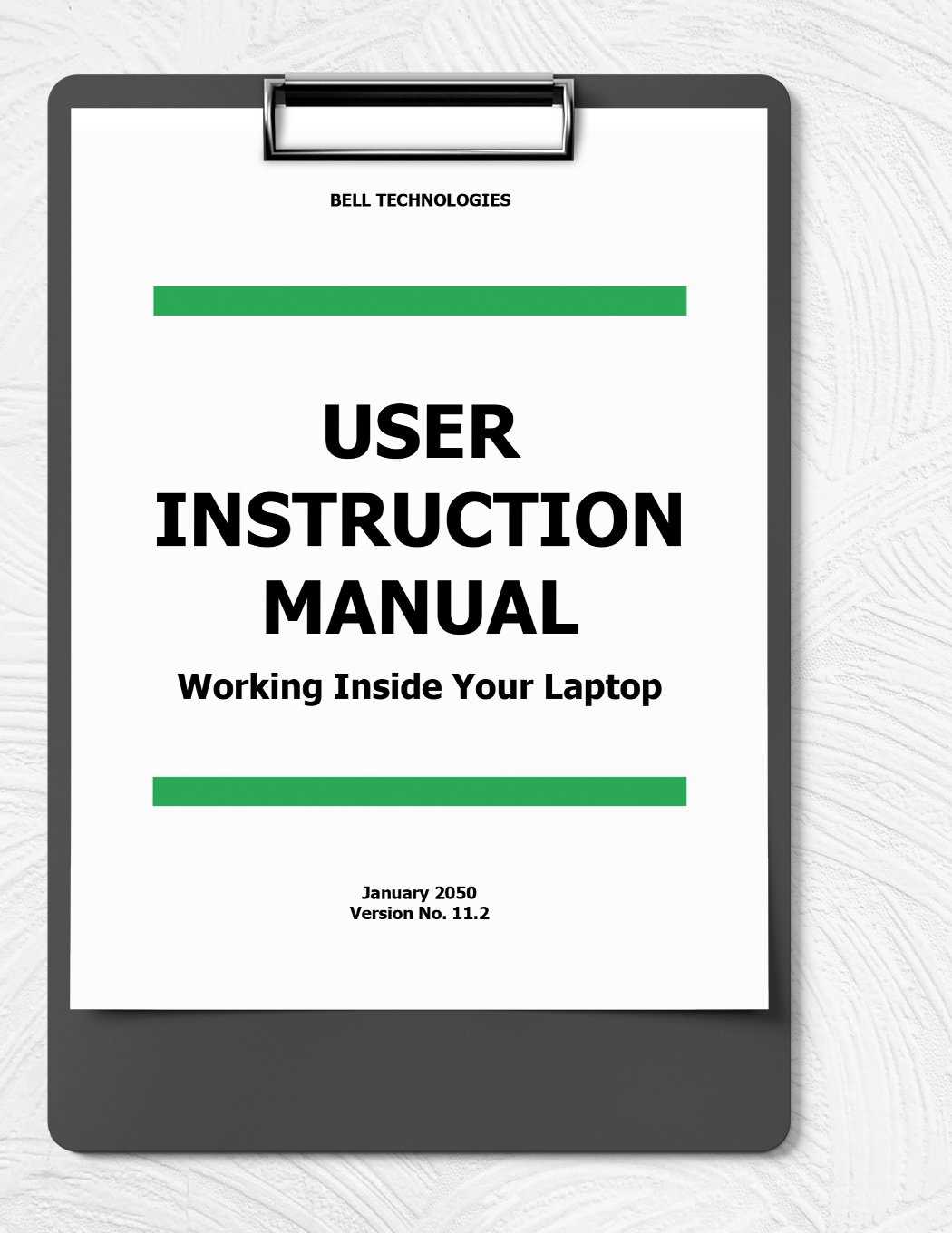
Achieving uniformity in the presentation of your document enhances readability and ensures a professional appearance. Consistent styling throughout a document not only aids in reader comprehension but also reinforces the credibility of the content.
Maintain a Clear Hierarchy: Structure your content with a logical flow. Use headers, subheaders, and bullet points to guide the reader through the text. This approach makes complex information more digestible.
Use Uniform Fonts and Sizes: Stick to a predefined set of fonts and sizes to maintain visual coherence. This avoids distraction and helps the reader focus on the content.
Align Text and Images: Consistent alignment of text and graphical elements creates a clean and organized layout. Align elements to a common grid to provide a cohesive visual experience.
Apply Consistent Spacing: Uniform spacing between paragraphs, sections, and images contributes to a well-balanced layout. Proper spacing enhances readability and allows the content to breathe.
Adopt Standardized Color Schemes: Utilize a limited color palette that reflects the tone of the content. Consistent color usage enhances visual appeal and reinforces brand identity.
Regularly Review and Update: Periodically review your formatting guidelines to ensure they meet current standards and reader expectations. Staying updated ensures that your documents remain relevant and effective.
Incorporating Visuals in Instruction Manuals
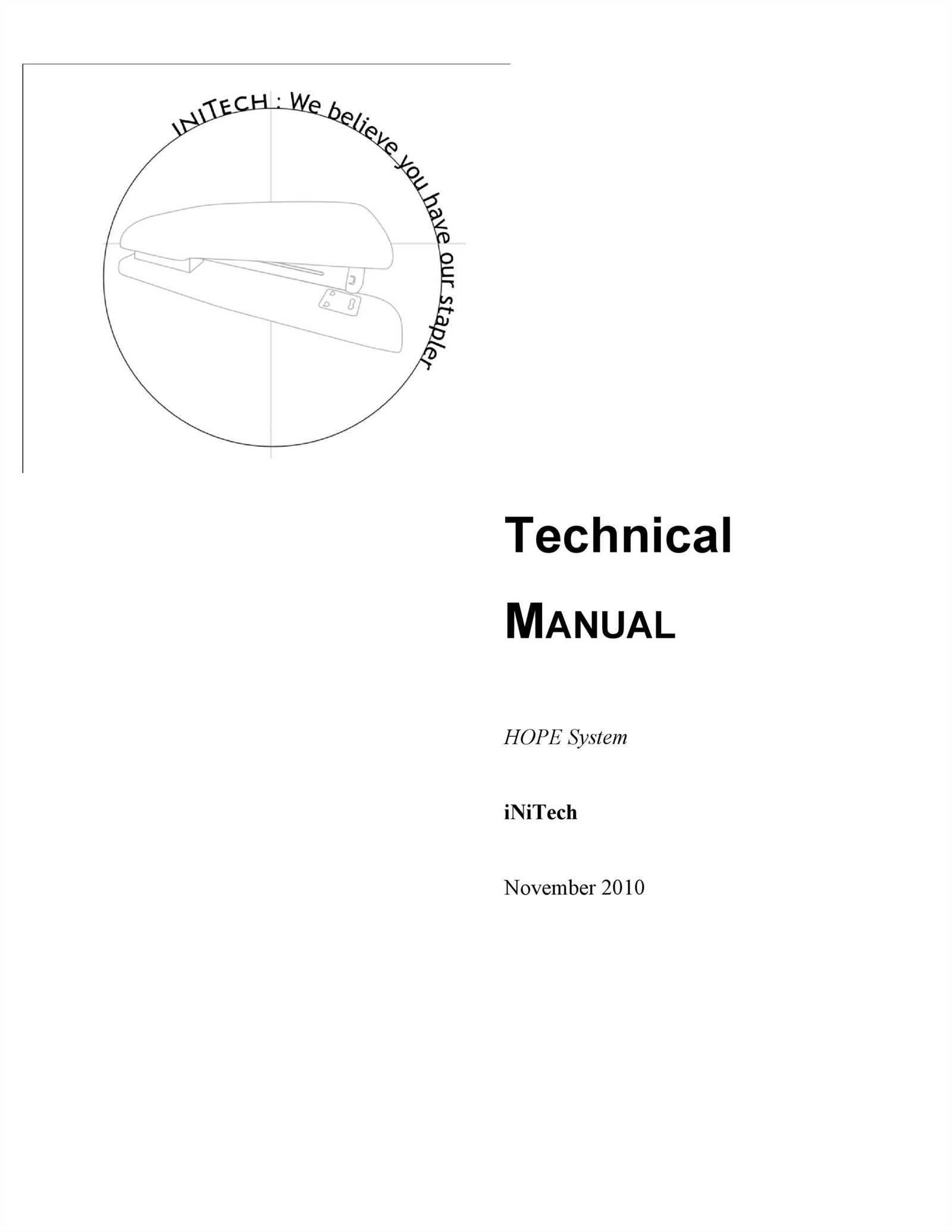
Integrating visual elements into guides and handbooks enhances comprehension and engagement. By using images, diagrams, and other visual aids, you can make complex concepts clearer and provide readers with a more intuitive understanding of the material. This approach not only facilitates better learning but also improves the overall user experience.
Types of Visual Aids
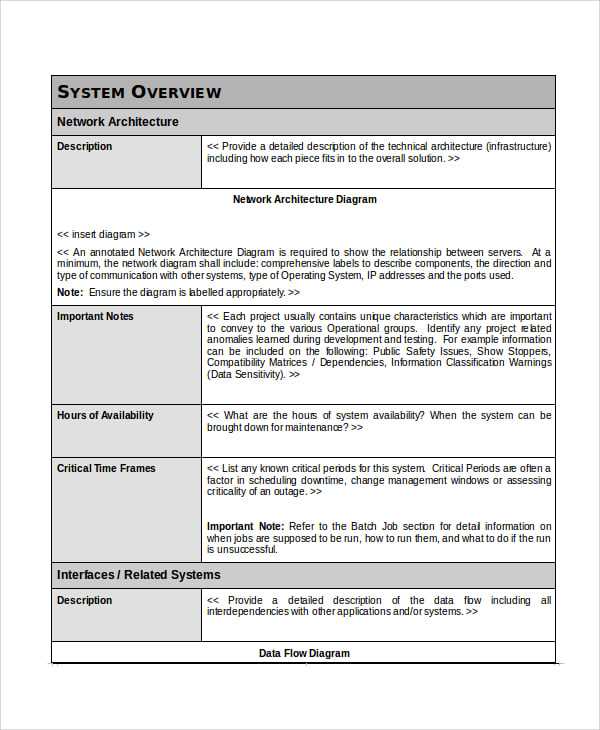
- Diagrams: Simplify intricate processes and show relationships between components.
- Images: Provide real-life examples and showcase practical applications.
- Charts and Graphs: Present data and statistics in a digestible format.
- Infographics: Combine visuals and text to convey information quickly and effectively.
Best Practices for Visual Integration
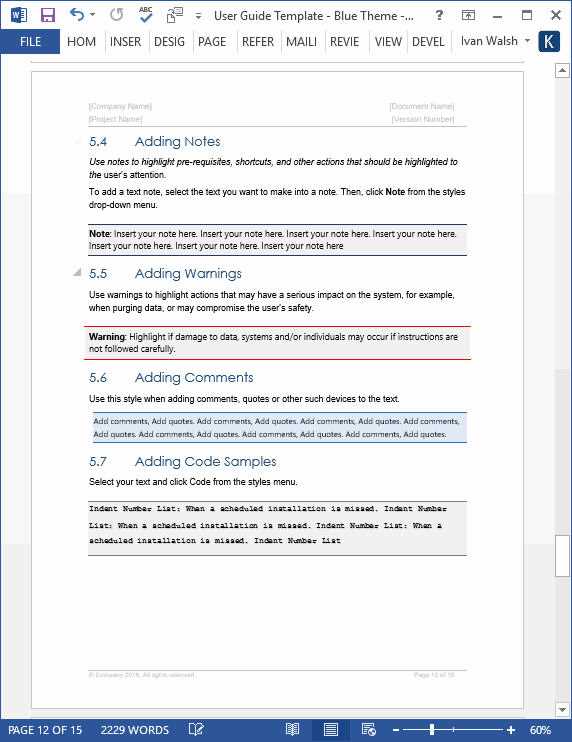
- Relevance: Ensure that visuals directly support the accompanying text and contribute to the reader’s understanding.
- Quality: Use high-resolution images and clear diagrams to maintain professionalism and readability.
- Placement: Position visuals close to the related text to create a cohesive reading experience.
- Consistency: Employ a uniform style for all visual elements to provide a cohesive look throughout the document.